
Start your journey of discovery
Delve into history, get tips from our experts, learn a new skill and go behind the scenes of your favourite places.
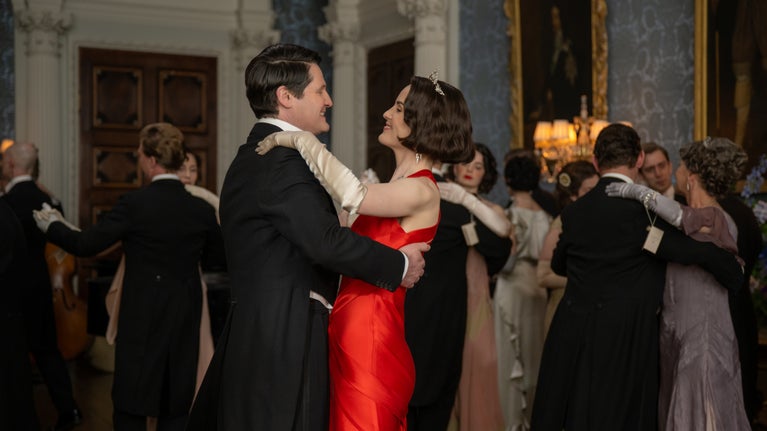
Ever wondered how your favourite places end up in films and TV dramas? Step behind the scenes and discover the National Trust places that have been the filming locations for the movies and TV shows you love.
Learn about the places in our care used as filming locations for the six seasons and three films of Downton Abbey.
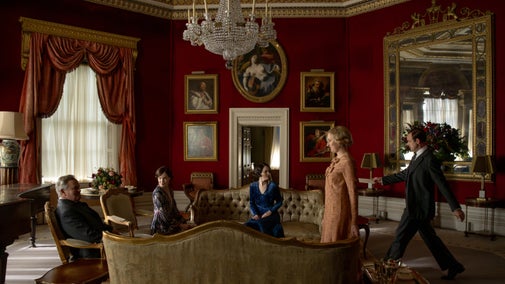
Follow our conservators, curators and volunteers at work and get closer to the objects they care for in the BBC's Hidden Treasures of the National Trust.
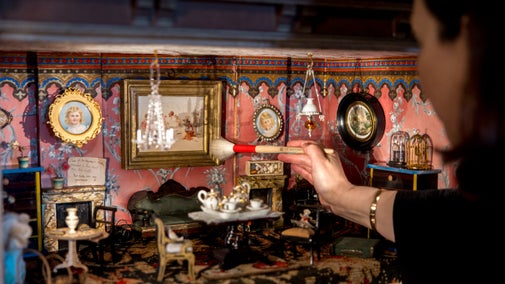
National Trust Cymru can share that Penrhyn Castle, the neo-Norman castle situated on the outskirts of Bangor, Gwynedd was a filming location for a brand-new Netflix production ‘House of Guinness’.
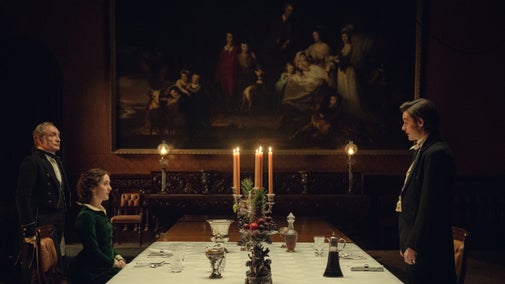
Find out which places in our care have featured in TV and film adaptations of Jane Austen novels. Here’s a list of some of the best.

Many of the places in our care have been locations for films and TV dramas. Go behind the scenes at our most popular filming locations and discover how iconic moments were created on screen.

Based on the bestselling trilogy by author Hilary Mantel, Wolf Hall follows Thomas Cromwell’s rise to becoming the most powerful man in King Henry VIII’s Tudor court. Discover the places in our care that were used as filming locations for both the 2015 and 2024 series.
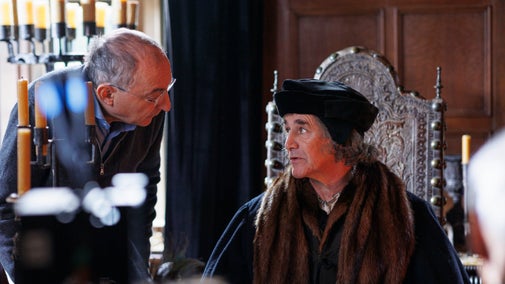
Discover more about the experiences of filming Far from the Madding Crowd at Claydon in Buckinghamshire.

Many of the places in our care helped bring the Bafta-winning Poldark series to life, including lots of coast and countryside areas that are rich in mining and Cornish history.

Discover how Dyrham Park, Stourhead and Lacock proved to be ideal backdrops for BBC drama The Pursuit of Love, starring Lily James and Andrew Scott.

From Hogwarts to Malfoy Manor, explore the wizarding world of Harry Potter through the places in our care.

Doctor Who is celebrating 60 years of time-travelling adventures. Discover which places in our care have been featured in alien worlds and distant times from the Bronze Age to the year five billion.

From historic castles to wild coastline, follow in the footsteps of the Starks and Lannisters with a visit to some of the Game of Thrones filming locations in Northern Ireland.

Discover which routes from the popular 2017 series featured three places we look after – Old Harry Rocks in Dorset, Watersmeet in Devon, and the Cheshire countryside.

Discover more about the new BBC series, which brings the art of crafting to Stoneywell's Arts and Crafts home.

Rugged coastlines, sweeping parklands and historic buildings. With thousands of years of history on our books, we can add character to whatever you're filming.

With hundreds of locations around the country, the places in our care are often used for filming and photography shoots. Find out what permissions you need and how to get in touch with us.


Delve into history, get tips from our experts, learn a new skill and go behind the scenes of your favourite places.